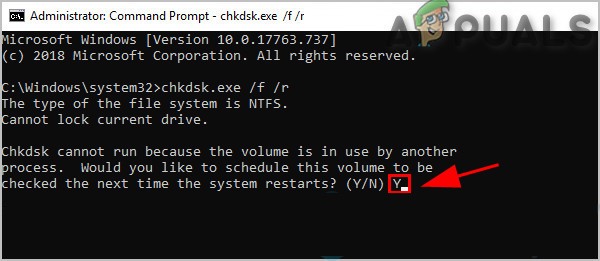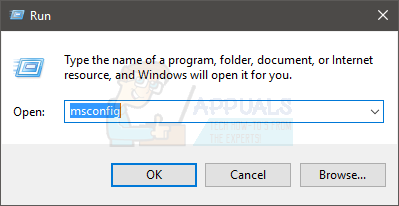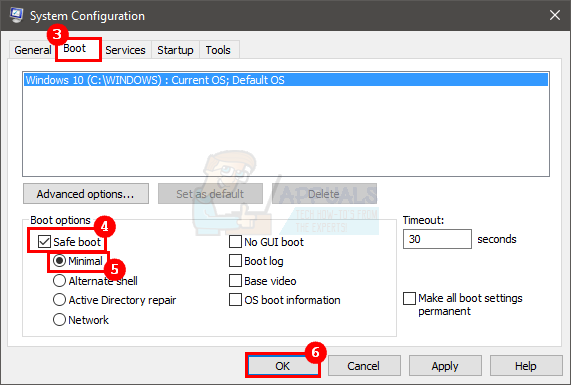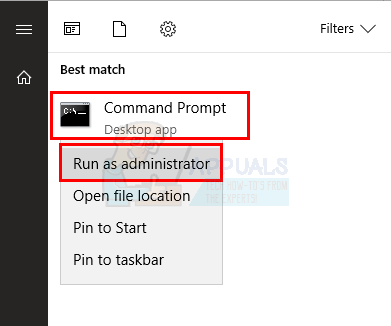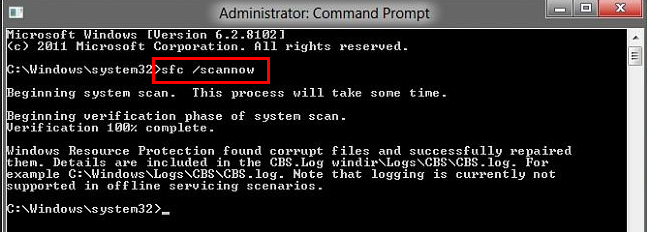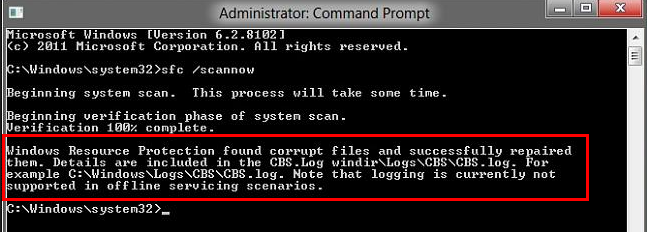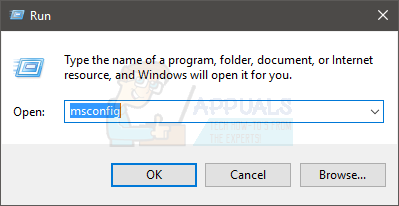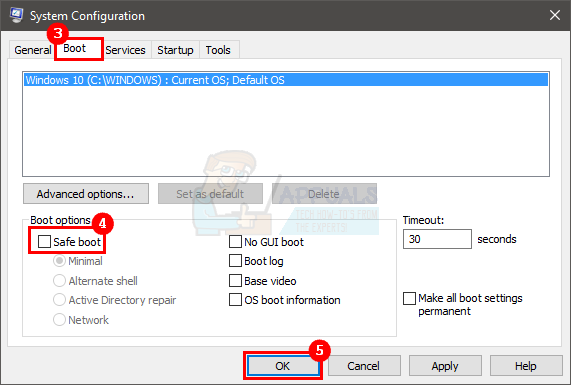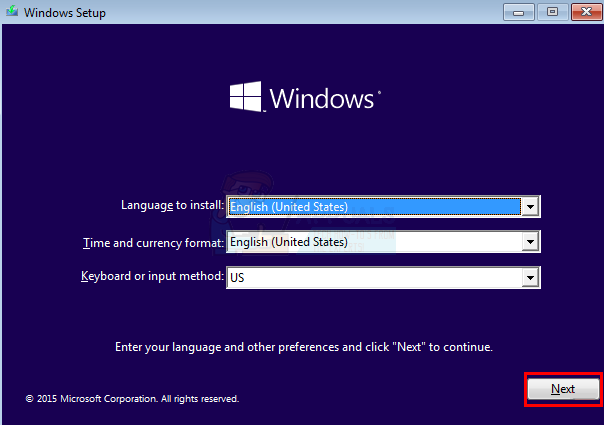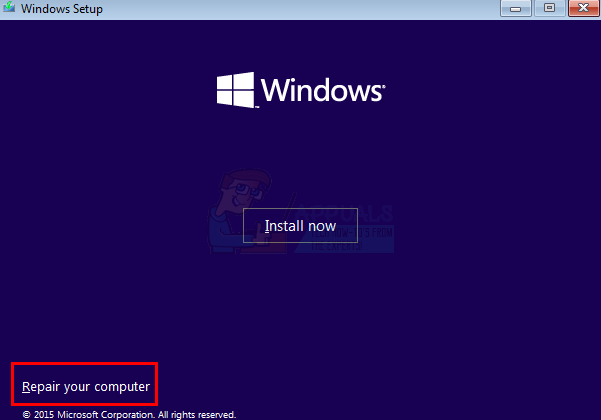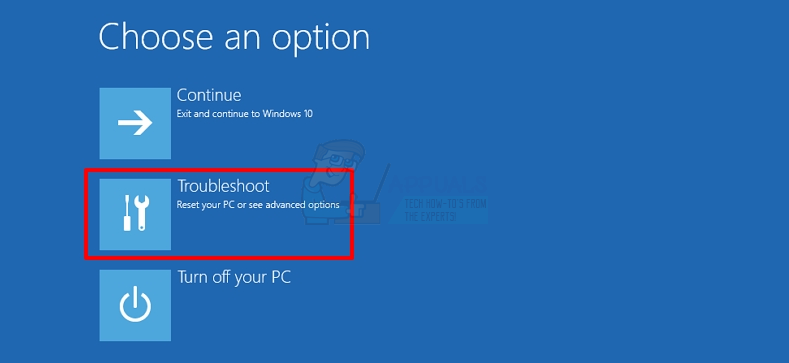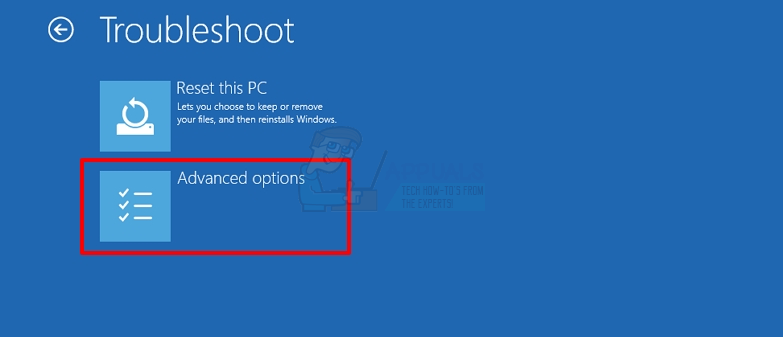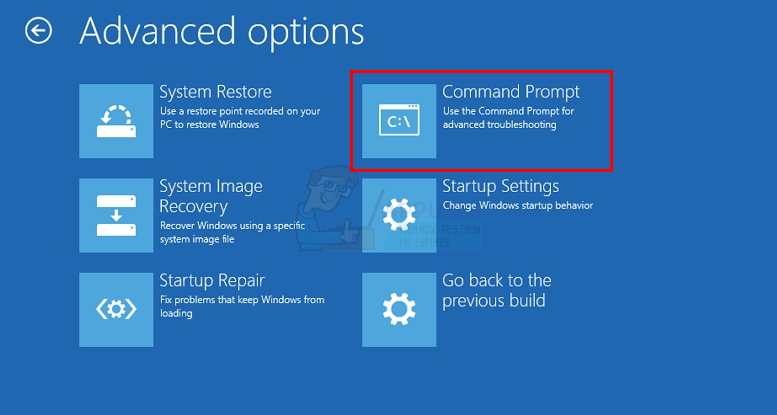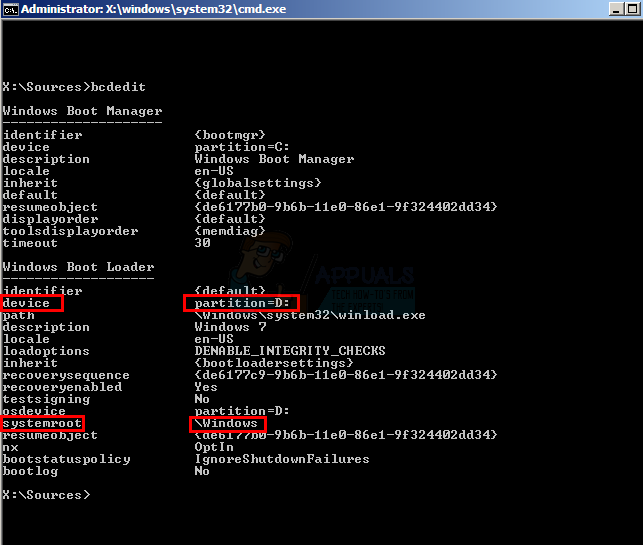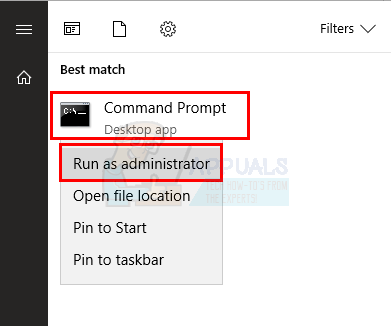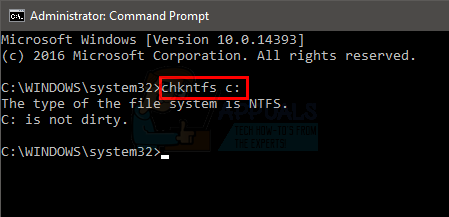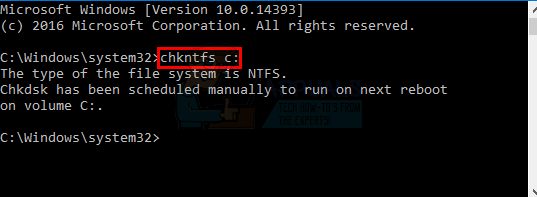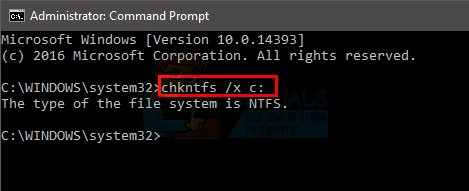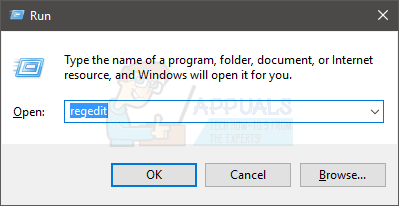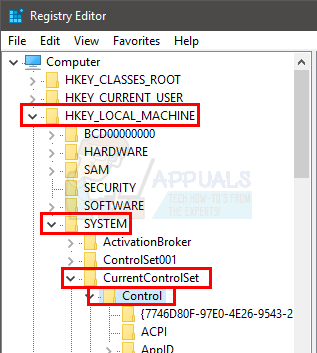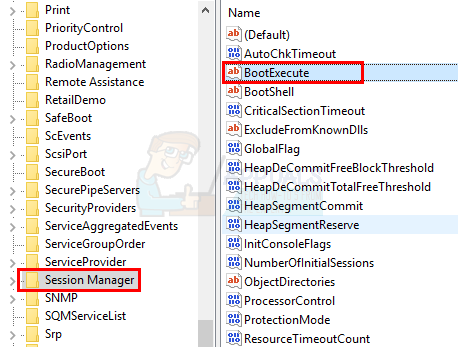The exact reason behind this SFC issue isn’t confirmed but it most likely is caused by a system file issue. In some cases, there might be a problem with the file system or Windows files might have been got corrupted. Rarely, it can also be caused by a security application like one of your antivirus applications. But, whatever is the reason, you don’t have to worry. There are plenty of ways to solve this issue. Go through each of the methods given below and keep trying until your problem resolves. Note: But before moving on, disconnect all the devices that are not required, even disconnect Keyboard and Mouse (connect when required). If you are using more than one RAM, then switch to single RAM. If you are using more than one storage device, then only connect the storage device with the Windows OS. Do not forget to disconnect your RAID array.
Method 1: Run SFC in Safe Mode
Note: This method is for users who can get into Windows. If you can’t even get to Windows then go to method 2. SFC stands for System File Checker. This is a Windows built-in tool for fixing any Windows related corrupt files. You can use this tool to fix any corrupt files that might be causing the issue. If the chkdsk loop is caused by the Windows corrupted file then this should resolve the issue. Here are the steps for getting into Safe Mode and running SFC Once done, reboot your computer and check if the problem persists or not. Note: Since you turned on the Safe Mode via the MSConfig, you will enter into the Safe Mode on every startup. Follow the steps given below to turn off the Safe Mode
Method 2: Run SFC (For Users Who Can’t Get Into Windows)
Running SFC solves the problem but you won’t be able to follow the steps in method 1 if you can’t even get to the Windows. However, you can perform the SFC from the Windows 10 Installation USB or DVD. Windows 10 Installation USB or DVD: If you have a Windows 10 USB or DVD then you can get into the Advanced Startup Options menu pretty easily. Once you reboot, you will be able to get into the Windows if the SFC fixed the corrupted files.
Method 3: Perform Startup Repair
Startup Repair is a tool provided by Microsoft. This tool, as its name suggests, fixes the issues with the Startup. It the issues with the Startup are caused by a corrupt or problematic Windows file then the Startup Repair will resolve the issue. We already have a detailed article on how to perform a Startup Repair on Windows 8, 8.1 and 10. Follow the instructions given in this article. Once your Startup Repair is completed, this chkdsk loop problem should be resolved as well. If you are on Windows 7, have a good read of our article on How to Startup Repair in Windows 7 and follow the instructions given in this article. This is one of our articles as well so you will have a detailed step-by-step guide with screenshots to help you perform the Startup Repair.
Method 4: Reset chkdsk
Note: This is for users who can get to Windows and use it even for a brief time. If you can’t even get to Windows or you never get a chance to do anything on Windows then kindly skip this method. Resetting chkdsk to its default values will most likely prevent the chkdsk from scheduling and, therefore, running at every startup. Here are the steps for resetting the chkdsk. Close the command prompt once you are done and check if chkdsk runs on the next reboot.
Method 5: Reset chkdsk via Registry Editor
Note: This method is for users who can get into Windows. You can reset the chkdsk and cancel any scheduled scans via the registry editor as well. Here are the steps for canceling the chkdsk scheduling via registry editor If you don’t know how to navigate to this path then follow the steps given below This should cancel any scheduled chkdsk scans and you should be good to go.
Method 6: Reinstall Windows and Backup Data
If nothing worked and you are continuously seeing the reboot and chkdsk scan then you have 2 options here. You can either try to do a clean install of the Windows which will resolve the issue if the issue was caused by a Windows or system file or you can back up the data and get a new HDD. If you don’t want to jump to buying a new HDD then at least back up your data and send your computer to a tech specialist. Now, you must be wondering which option to pick if nothing resolves the loop problem. Well, it completely depends on your situation. If you are confident that your HDD cannot be damaged or you recently bought the HDD and you aren’t worried about losing any data from the HDD then trying to perform a clean install of the Windows will be your best bet. If the clean install doesn’t solve the issue then you can get your HDD checked for any issues. On the other hand, if you have an old HDD and you think it has spent more than enough time in the system or you dropped your computer or you are hearing a clicking noise from the system then it’s most likely the HDD issue. In this case, you should back up your data (if you can) and take your HDD to a tech specialist to confirm the damage. If you have any warranty then this would be a nice time to claim that warranty. But, don’t forget to back up your data before sending your computer for repairing. So, if you have even the slightest of doubts or suspicion that your HDD might have an issue then back up your data and get your HDD checked by a specialist. Do not waste any time on reinstalling the Windows because your HDD might completely fail during this time.
chkdsk /f /r vs chkdsk /r /fFIX: Samsung Phone Stuck in Boot Loop and Wont Turn OnFix: Windows 10 Phone Is Stuck in a Reboot LoopWindows Stuck in a Restart Loop? Here Is the Fix!
